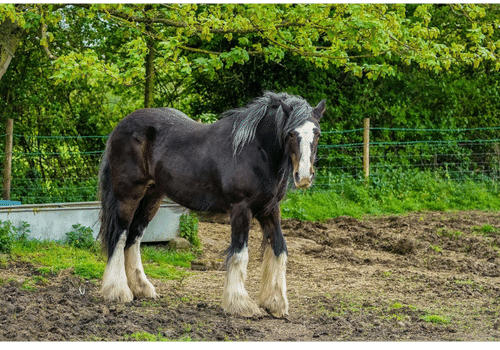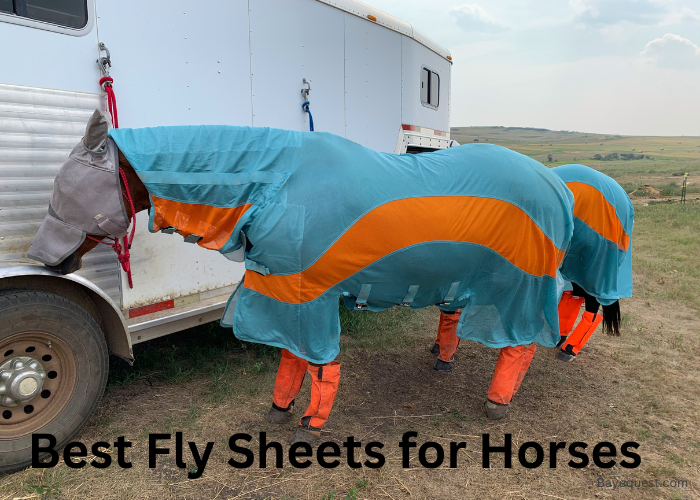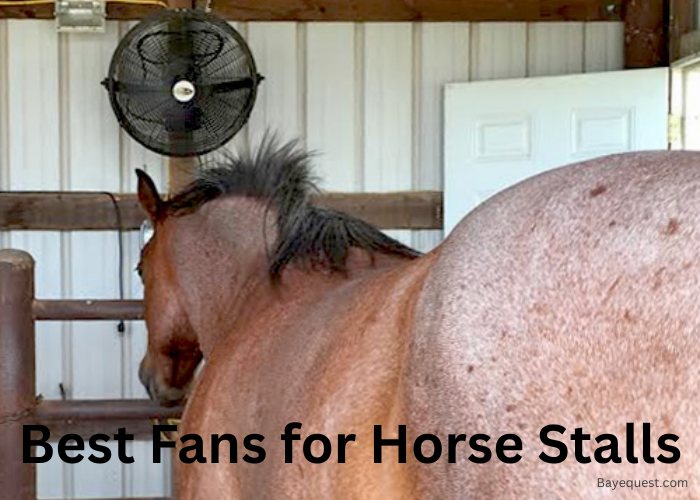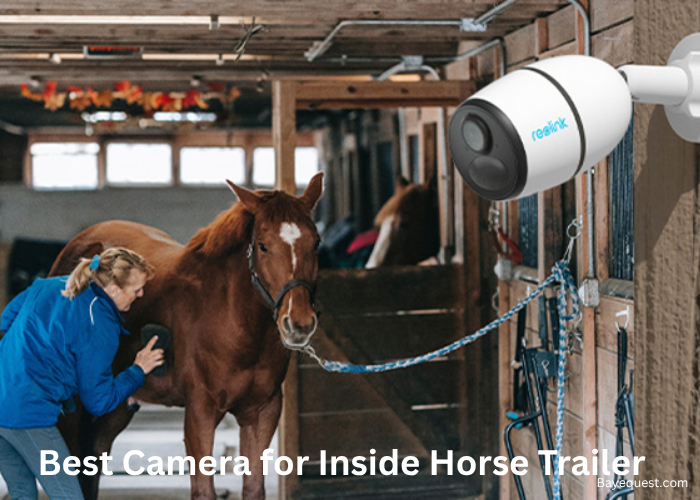A few centuries ago, horses were defined by physical superiority. Breeders and owners constantly sought the biggest, strongest equines to work on plantations and haul raw materials. Big, intimidating horses were also priceless in wars.
Therefore, humanity struck gold when we discovered and tamed the shire. An imposing giant with incredible strength, shires make light work of wagons and other farm work. They are also imposing equines ideal for the frontline.
Thankfully, you can find a few shires even today, albeit at a massive cost. Below, we explain what makes the shire special, how much they cost, and where to find a shire horse in 2024.
KEY TAKEAWAY
Shire horses cost $2,000 to $20,000, depending on the age, health, and potential. The average mature mare or stallion costs $5,000 to $10,000, while weanlings below two years cost $2,000 to $5,000. Meanwhile, top geldings and show shires cost $20,000+.
Where Did the Shire Horse Originate?
The shire horse is a descendant of the English Great Horse. It’s believed that the breed resulted from crossing the English Great Horse with early Norwegian and German horses.
The earliest records indicate they were present during the Norman Conquest of 1066. Shires were also famous around King Henry VIII’s time in England. They worked on farms and plantations, hauling goods and workers.
However, they only arrived in the US in 1853, primarily as breeding horses. Shires were also popular farm animals due to their immense pulling strength. The first shire horse registry was created in 1878.
Shire Horse Characteristics
Shires’ characteristics are similar to other draft horses. So, identifying one from a pack isn’t straightforward. Nonetheless, you can look for a few tell-tale signs.
- Size: The shire’s imposing size is the breed’s defining characteristic. Mature mares reach 18 hands (72 inches), while stallions often mature at 19 hands high. However, superior stallions are taller. For instance, the biggest shire horse on record was 21 ½ hands tall.
- Weight: Shires are extra-heavy horses that mature at 1,800 to 2,400 pounds. That’s twice the average horse weight. Incredibly, some shires reach 3,000 pounds. Mammoth, the biggest horse ever, was a shire weighing 3,300 pounds.
- Strength: Known as the gentle giant, the shire horse is one of the strongest equines. Indeed, shires were the main means of transporting ale carts in the 19th and 20th centuries. Two shires pulled 50 tones in one exhibition, leaving the crowd in disbelief.
- Colors and markings: Shire horses are bay, brown, gray, or black, occasionally with white markings. However, breed registries are strict on the coat patterns. For instance, excessive white markings may disqualify a shire in the US. Similarly, UK registries don’t accept chestnut stallions.
Shire Horse Uses and Benefits
If you’re hearing about shire horses for the first time, you may wonder what’s so special about them. Why buy a shire when you have more than 250 other horse breeds to consider? Here’s why;
- Shires are workhorses: The word “workhorse” gets thrown around often. But few domesticated animals suit the title more than a shire horse. They easily handle carriage and weight-pulling duties on the farm, from plowing to brewery deliveries.
- Show potential: Shire horses have smooth, graceful gaits that regularly win contests. Specifically, they excel in dressage and showjumping contests. Thus, the owner can make a fortune from their shire with good training.
- Therapy duties: Horses are among the most effective therapy pets, and the shire is at the top. They are highly sensitive equines that readily empathize with humans. Also, shires understand body language and often mirror their caretaker’s mood.
- Financial investment: Many breeders and businesses flip horses for substantial returns. For instance, you can buy a year-old youngling, take good care of him, then sell him a few years later for 10X the purchase price. Alternatively, a well-trained horse can make plenty of money at equine shows.
How Much Does a Shire Horse Cost?
A shire horse costs $4,000 to $20,000 in the open market. However, sellers can ask for more or less depending on various factors, including the bloodline, training, and potential.
Young ones don’t cost too much. For example, you can find a 9-month-old shire for $1,000 at an auction or from an owner. The price is even lower if the owner wants to remove the foal from the stock to cut keeping costs.
But the prices shoot quickly as the horse matures. For example, depending on the potential, two-year shires cost $2,000 to $5,000. Meanwhile, 6-year-olds cost $5,000 to $7,000.
They are most expensive in their teens as they approach their prime. Expect prices between $7,000 and $15,000 for mares in this range. Meanwhile, stallions in their prime rarely cost less than $10,000. The prices can reach $20,000, depending on your location and the horse’s potential.
Training is another major factor that drives up horse prices. It can cost you an extra $10,000, especially as the horse enters their teens.
The difference depends on the type and level of training. For example, an Olympic dressage horse costs $102,000 to $142,000. A few cost more, often up to $250,000. Versatile shires excelling in multiple disciplines are the most expensive. But they can earn the owner millions in event winnings and future sales.
Finally, the physical attributes also impact sale prices. These include the size, conformation, and color. Larger shires are scarce and highly desirable. Therefore, they cost more. Also, they eat more. So, the owner must recoup the expenses.
The conformation or bone structure is important for aesthetics and performance. Refined bodies are attractive and increase the likelihood of excelling in certain disciplines.
Lastly, the most desirable are bay, black, gray, and brown shire horses. Therefore, they fetch the highest prices. On the other hand, markings often raise question marks and may even disqualify the horse at some registries. Roan coat patterns are also undesirable and, thus, cheaper.
Read: Turkoman Horse Price
Breaking Down Shire Horse Ownership Costs
If this is your first time buying a horse, you’re probably wondering how much more you should set aside to take the best care of your shire. The following is an ownership cost breakdown to help you budget accordingly.
Purchase Costs
Shire horses cost $4,000 to $20,000. Every seller has a different asking price. But rarely will you find a mature shire horse for less than $4,000. Similarly, the average mature shire rarely exceeds $20,000.
The best advice is to write down your goals and work within your budget. For example, paying $50,000+ for a championship winner at their peak is okay. The investment can earn you a lot more in a few years. However, splashing the same amount on a pet horse makes little sense if you’re tight on funds.
Always spare a few hundred in the back pocket to transport the horse home. Alternatively, some boarding facilities can pick up the horse on your behalf.
Boarding Expenses
Do you plan to keep the horse on your property or at a boarding facility? If it’s the latter, it helps to know the various programs and payment plans beforehand.
Full-service boarding is the most convenient. The staff takes care of the horse’s every need, including grooming and veterinary care. So, you can go months without visiting, and the horse will be safe. However, it’s also the most expensive boarding program. Prices start at $600/month and can reach $2,000/month.
Consider self-care or pasture boarding if you’re keen to save costs. You’ll only pay $200 to $400 per month. Leases and partial boarding plans are other worthwhile options.
Feeding Costs
Shire feeding costs depend on whether the horse forages or feeds exclusively on hay. Unfortunately, hay feeding can be expensive.
You only need to set aside $100/month if the horse forages on your property or at a pasture care facility. Meanwhile, hay feeding costs depend on the size of the horse. The average shire horse consumes 40 pounds of hay daily (about 2% of their body weight). Thus, at $5 per 50-pound hay bale, you’re looking at $4/day in hay expenses alone. Or you can opt for higher quality hay at $15 per 50-pound bale.
Additionally, your horse needs supplements, salts, and water, which cost around $150/month. So, the total cost to feed a shire horse is roughly $450/month.
Horse equipment/accessories
We strongly recommend reusing horse accessories and equipment. It can save you $1,000 or more at the early stages of ownership. Alternatively, purchase second-hand items online and from local horse owners. Some will even offer a few items for free, cutting the upfront expenses.
Unfortunately, not everyone is so lucky. So, you must be prepared to purchase new accessories and equipment. It’s often a massive outlay, exceeding $1,500.
For instance, the average horse tack costs $200, while a luxury tack costs tens of thousands. The saddle alone can cost $7,000. Besides the tack, you must budget for feeding and exercising equipment. Also, horses need toys. These can cost several hundred.
Vet and Farrier Bills
Though shire horses don’t fall sick often, issues like chronic progressive lymphedema, polysaccharide storage myopathy, and shivers are always lurking. Moreover, optimal hygiene is critical to prevent various diseases.
Routine vet visits cost $50 to $200 per session before accounting for drugs. That’s $300 to $1,200 annually, assuming a visit every two months. Meanwhile, you should budget for $200-$500 worth of drugs. Emergencies and dental care are charged separately. Each costs at least $300/year.
Lastly, farriers charge $50 to $500 every 2/3 months for shoeing and hoof care. For instance, foot injuries may necessitate special care, costing hundreds of dollars every few months.
Breed Registration and Event Costs
Registration with the American Shire Horse Association (ASHA) is mandatory. Otherwise, you may be unable to participate in breed-specific shows and events. Moreover, nearly every boarding facility demands proof of registration before accepting a shire.
But registration isn’t free. Moreover, members pay a $50 yearly subscription fee and are penalized for late payment.
Also, every horse owner looks forward to breed-specific events. It’s a unique opportunity to showcase your equine. Moreover, it’s the best place to interact with breeders, fellow owners, and shire trainers. But, again, it’s not free. Most events charge $50-$200 per horse.
Other Costs
Training and insurance are the two other costs shire horse owners must remember, though some boarding facilities cover the bills.
Training costs depend on the discipline and desired proficiency. For instance, basic training costs $40 to $60 per day. However, advanced training costs $120 to $200 per day. This means $480 to $800 monthly if you train once weekly. Special training costs much more, typically up to $2,500/month.
Insurance costs aren’t as high. But it can still eat into your budget. The premiums range from $100 to $250 annually, though a few can reach $360/year. Most plans cover major medical expenses, surgical procedures, and loss of use.
Where Can I Find Shire Horses for Sale?
Unfortunately, finding shires for sale isn’t easy as it’s a very rare breed. There are only about 2,000 shire horses globally. Therefore, few owners and facilities are willing to sell. Moreover, buyers quickly grab the few shires on the market.
But don’t despair. You can always find one if you’re patient. The following are some of the best places to check;
- ASHA
The American Shire Horse Association (ASHA) brings shire horse owners, trainers, and breeders together. So, it’s the fastest and safest place to commence your search. Head over to their website and chat with the staff and members. They’ll point you to local shire horse resources and even link you with active sellers.
- Reputable breeders
Do you know any horse breeders in your locality? They may have a shire on hand. Alternatively, they’ll know someone who does. Speak to them to discuss your options. Local trainers may help, too. But only speak to licensed breeders and trainers.
- Online resources
If the first two options fail, Google and social media always have your back. Start with a quick Google search to discover shire horse resources in your locality. All you need to do is type “buy shire horse in (location).” Next, visit Facebook, Instagram, and YouTube to discover additional shire horse resources nearby.
- Equine auctions
Auctions may not be the best place to shop for shires because they are extremely rare. But feel free to try your luck. Beware, though, that auctions comprise all kinds of sellers and products. For instance, it’s the easiest place for sellers to get rid of sickly stock. So, you must be extremely cautious.
What are the Best Shire Horse Breed Alternatives?
If you don’t like the shire horse, consider a Clydesdale or Percheron horse. The Clydesdale is slightly smaller, reaching 18 hands and 2,100 pounds. However, it’s the best alternative if you’re in the market for a big horse with a high work culture. But note that shires are typically solid-colored, while Clydesdales have patterned coats.
Percherons are large horses, too, though shorter and lighter than shires and Clydesdales. They are also more agile than the other two breeds. Unfortunately, they mainly come in black and gray coats unless you can find a breeder with bay or chestnut Percherons. The three breeds fall in the same price range.
FAQs
Are Shire Horses Good Pets?
Yes, shire horses are some of the best pets. Despite their massive sizes, the gentle giants are calm, friendly equines with excellent temperament. This makes them a great choice for beginners and kids. They are also great company on the road or farm.
How Old Do Shire Horses Live?
Domesticated shire horses live to 25-30 years, though a few can reach 35 years with good care. Interestingly, the oldest horse breed on record was a shire cross. Old Billy, born in 1760, died in 1822 at an incredible 62 years.
Are Shires the Biggest Horses in the World?
Yes, shires are the biggest horse breed in the world. The average shire reaches 16 hands to 18 hands, slightly taller than the average horse. However, a few stallions are truly big, measuring 19+ hands. For instance, Samson (or Mammoth), the biggest shire horse on record, stood at 21 ½ hands and weighed 3,359 pounds.
What’s the Rarest Shire Horse Color?
Chestnut and sorrel-colored shires are the rarest within the breed. Indeed, shire horse registries in the UK don’t accept chestnut stallions. Similarly, roan shires are rare and may not be accepted by some registries. Black, bay, brown, and gray are the most common colors.
Are Shire Horses Rare?
Yes, shire horses are very rare to the extent the breed is endangered. A few estimates place the shire breed population at less than 2,000, while others say the number is lower. For instance, Survival Trust tracks endangered species and says there are less than 1,500 shire horses.
Summary
Shires are the strongest and largest horse breed. They are also workaholics who enjoy riding or pulling loads. But they aren’t cheap, especially as they’re extremely rare. A mature shire horse costs $5,000 to $10,000, while well-trained geldings cost at least $20,000. Begin your search at the American Shire Horse Society to find additional resources.








